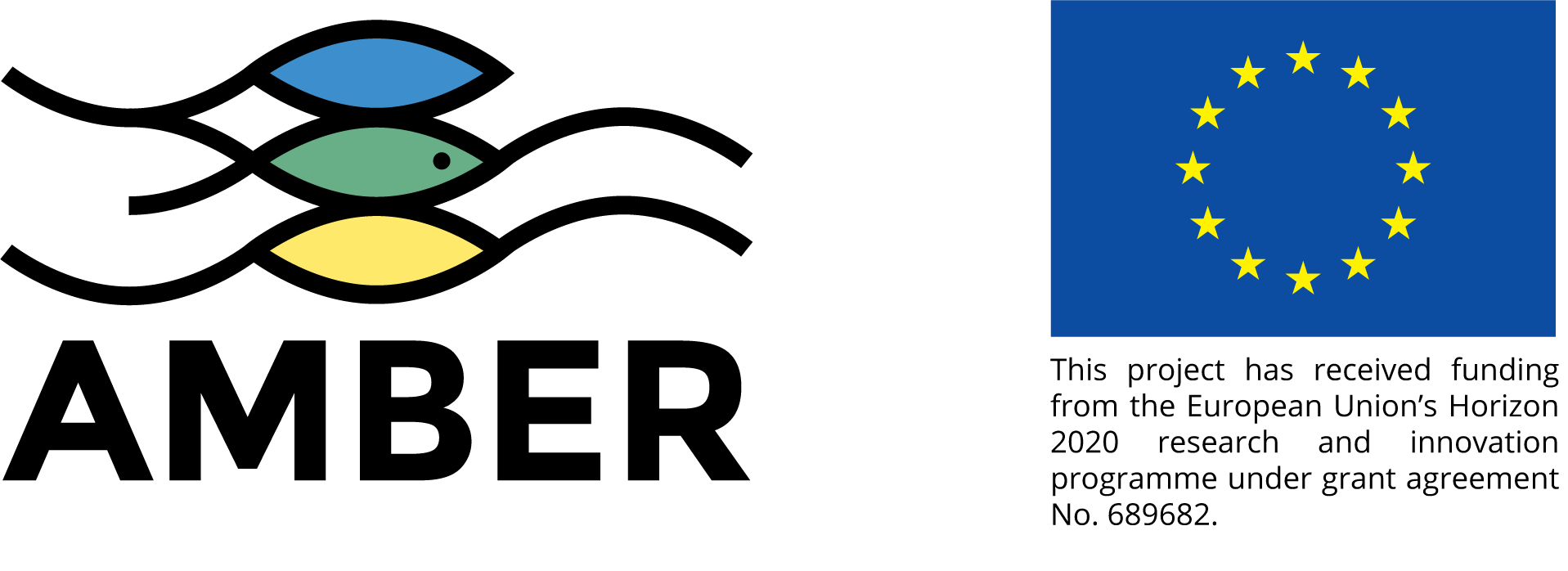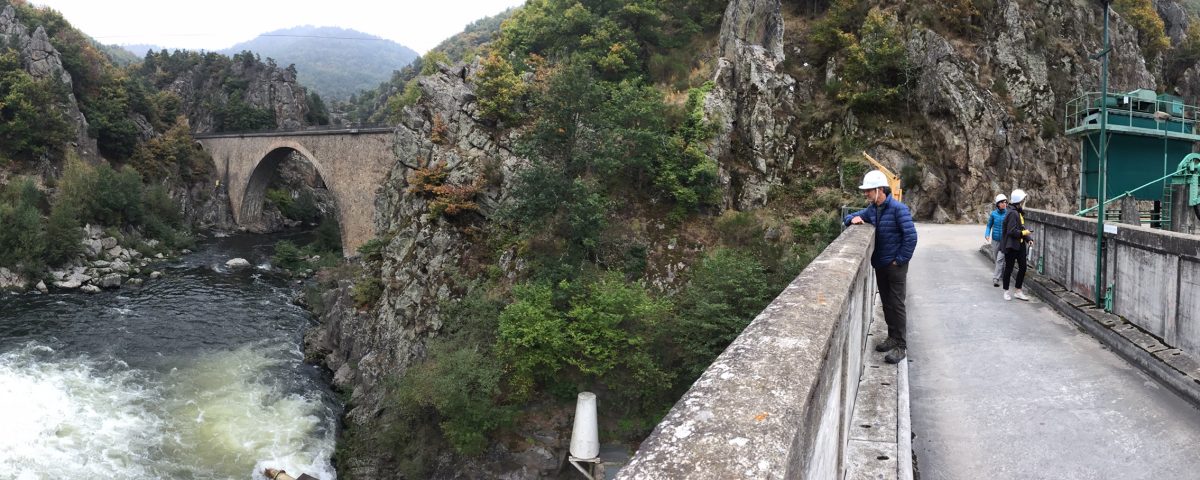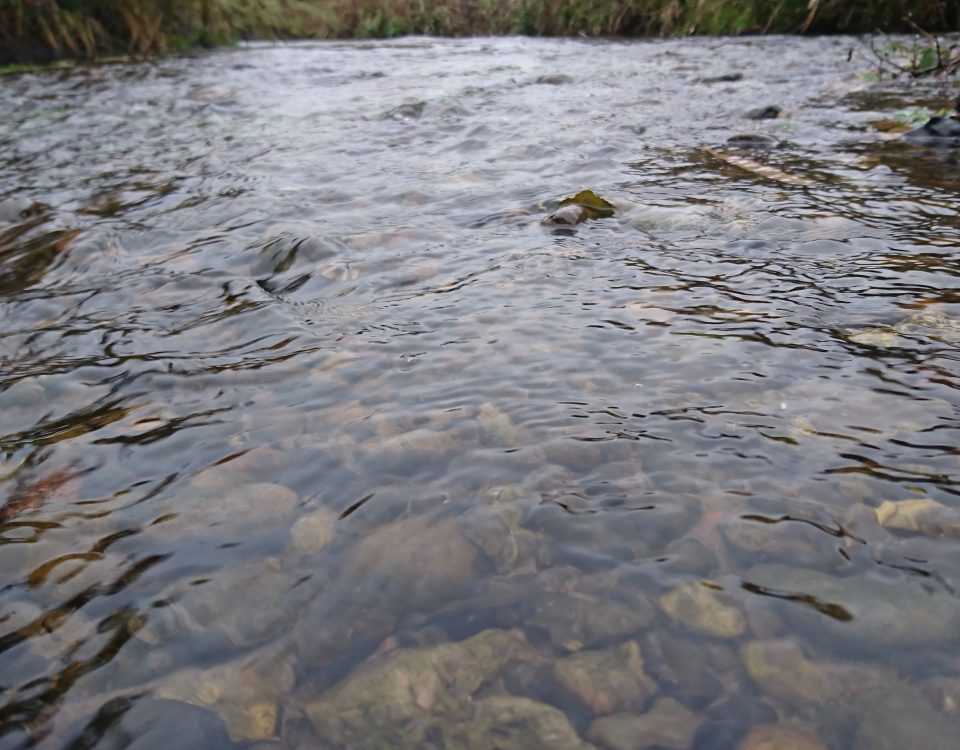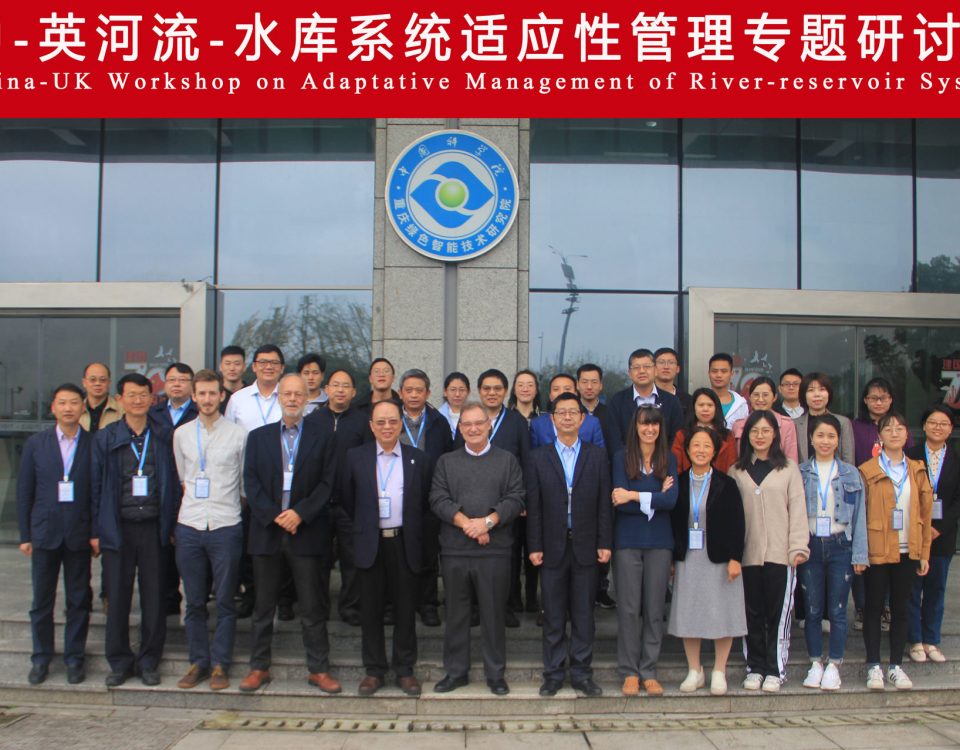
What does society think about dams?
October 24, 2018
Water is Life
October 24, 2018“AMBERssadors”
We have a new word: AMBERssadors! These are people who are enthusiastic about the AMBER project and the expected results. This past September, over 50 of the AMBER consortium members attended the AMBER General Annual Meeting and they confirmed they are all AMBERssadors. From the meeting it was clear that all participants felt like AMBERssadors. Over the course of three days in Le Puy en Velay (France), the members discussed their research, results, upcoming projects and went to a site visit to one of the case studies, the Poutes Dam. Although the project is only halfway, there was already a lot of information to be shared..
Here are some interesting take-aways from this past AGM!
From studies we can conclude that if dams and weirs do not have at least a fish passage put in, the habitat behind the dam or weir is majorly or severely impacted with significant habitat loss.
A Rapid Barrier Passability Assessment Tool has been developed! This tool is a software that automates the manual passability score process by rapidly calculating passability scores, and the reason for limited connectivity for all species at the click of a button based on a few simple input parameters.
Success through a fish passage is likely dependent on fish behavioral traits and morphology.
The Barrier Tracker app is being used in Lithuania as a powerful tool to illustrate their river connectivity issues.
Some of the upcoming work to look forward to!
The ATLAS of barriers in European rivers is to be completed next year!
What are the socio-economic drivers and impediments for successful reconnecting of European rivers?
Assessment of the impact of barriers on the conservation of the Atlantic salmon.
Compilation of the final products and results into a guidance resource for water authorities, environmental managers/planners, and the like!
This year we also had some excellent guest presenters!
Fish Friendly Innovative Technologies for Hydropower (FIThydro). The FIThydro project investigates mitigation measures and strategies to develop cost-effective environmental solutions for sustainable and fish friendly hydropower. We anticipate working closely with FIThydro in the future as there are excellent opportunities for knowledge exchange and collaboration.
Whooshh Innovations. This company created a fish passage that allows fish to pass through a soft, flexible tube to move upstream, past a barrier. This new type technology is now being used in the USA and is now recognized and accepted by a growing number of government agencies, tribal entities, fish biologists, hydro operators, and conservation organizations.
Three of the last presentations given on the second day included presentations from our international steering committee. These presentations were particularly interesting as it is always great to learn from other international experts. We heard from Laura Wildman, Director of the New England Regional Office at PrincetonHydro and a Water Resources and Fisheries Engineer, on the importance of conflict resolution in adaptive barrier management; from Josh Royte, TNC, on key restoration strategies using the Penobscot River as an example; and from Guillermo Giannico, fisheries specialist at the Oregon State University on succesful mapping initiatives in Oregon..
And last but certainly not least! During the trip, we also got to take a short field trip to one of our case study sites the Poutes Dam. The Poutes Dam is located along the Allier River in France and is scheduled for a remodeling in 2019 to allow more fish and sediment passage up and downstream. The Poutes Dam will be lowered to be 7 meters high and still feature ‘flaps’ that will remain open for three months out of the year to allow for fish to migrate and sediment to flow. While the Poutes Dam was originally scheduled to be removed, the compromise also has some promising results for the future of some migratory species.
We hope that our work will be useful to water authorities and environmental planners when measuring river connectivity and planning removal or fish passage options for barriers throughout Europe. The consortium is really proud of the progress thus far and is excited to reveal even more exciting results and tools within the next 1,5 years left of the project! Keep an eye on our news section for any updates and always check out our peer-reviewed publications to dive deeper into some of the results! And as always we are looking for more AMBERssadors to track more barriers and help move along our citizen science page! Check out one of our current AMBERssadors Karolina from Lithuania!


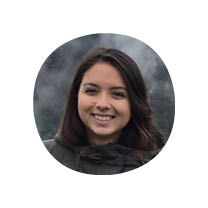
Written by Roxanne Diaz
